Sylvania LED Capsule bulbs
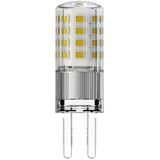
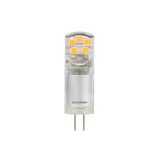
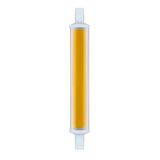
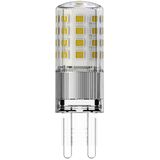
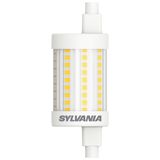

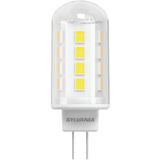
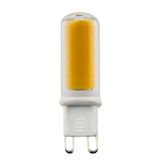
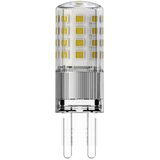

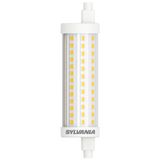
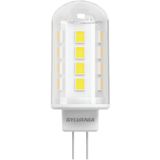
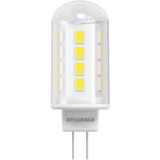
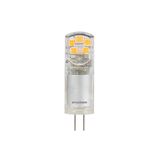
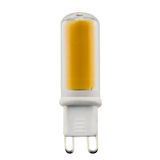
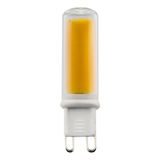

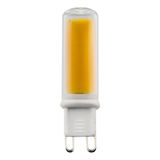
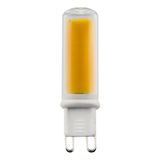

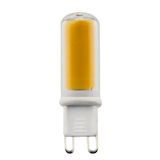
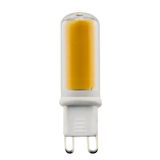
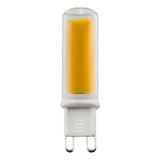
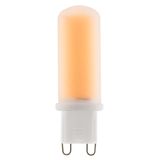

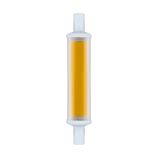
Ceiling shades, pendants, and compact sconces still rely on capsule formats where space is tight and light needs to be tidy. The Sylvania family covers 12 V AC/DC and 220–240 V AC variants with calm EMI behaviour, predictable thermal performance in enclosed cups, and footprints that respect legacy holders. Engineers care about three things here: size, transformer/driver compatibility, and flicker at low scenes—get those right and maintenance goes quiet.
sylvania led capsule bulbs technical context for retrofit and OEM
Designed as like-for-like drops into existing cups, sylvania led capsule bulbs keep envelope length and pin geometry close to halogen references, so glare shields and shades don’t foul. Typical outputs: 150–500 lm at 1.8–5 W depending on CCT/CRI; efficacy 95–125 lm/W; CRI 80 standard with CRI 90 for colour-critical zones; CCT 2700/3000/4000 K in ≤3-step SDCM. Standby flicker is controlled to meet office/education guidance when paired with compatible dimmers or drivers.
sylvania capsule led lamps range and formats
G4 low-voltage sticks in 5–10 mm widths, G9 mains capsules with compact thermal stacks, and miniature linear packages for tight sconces form the core range. Glass and coated polymer sleeves are available; heat paths are routed to the rear to avoid hot crowns. Projects list sylvania capsule led lamps where photometrics are already approved and only a stable, low-watt retrofit is required.
sylvania small led bulbs photometrics and electrical behaviour
Beam is quasi-omnidirectional for shade fill; some SKUs add a diffused crown to avoid pin-bright centres. Power factor typically ≥0.5 on sub-5 W lamps, higher on premium types; THD stays within building norms. Operating window −20…+40/50 °C; surge 1–2 kV L–N; declared inrush protects Type B/C MCBs when many sylvania small led bulbs share a circuit.
sylvania g4 and g9 capsule bulbs installation and compatibility
G4 runs on 12 V AC/DC. Old “electronic” halogen transformers often need a minimum load; if the line drops out or flickers, swap to a constant-voltage LED supply or dedicated driver. G9 is 220–240 V mains—check cup depth and glass clearance; some enclosed domes demand short-neck formats. Dim only with listed devices, keep minimum load notes, and document which sylvania g4 and g9 capsule bulbs are approved per room to stop mixed behaviour.
sylvania decorative led capsule lighting applications and optics
Hospitality lobbies, restaurants, and residential corridors lean on warm 2700 K with CRI 90 and low-glare crowns; display cabinets prefer neutral 4000 K to keep materials honest. With dim-to-low scenes around 10–20 %, sylvania decorative led capsule lighting maintains smooth fades without shimmer when paired to validated dimmers or 0–10 V drivers upstream of the cup.
sylvania miniature led bulbs technical parameters and standards
Mechanical: pin systems to IEC 60061; cup tolerances keep insertion forces predictable. Electrical: driver safety EN 61347; emissions EN 55015; harmonics EN 61000-3-2; photobiological assessment EN 62471. Lifetime sits L70 15,000–25,000 h (model dependent) with LM-80/TM-21 data on the emitters. To avoid thermal shadowing in tiny shades, sylvania miniature led bulbs route heat to the rear and cap max ambient where voids are sealed.
sylvania low voltage capsule lights selection and procurement
Start with transformer strategy: keep electronic units only if they meet minimum load and don’t introduce flicker, otherwise shift to constant-voltage rails. Lock envelope length/diameter against shades, then choose lumen class and CCT/CRI per zone. Record approved dimmers, room by room, and stock LED fuses where starters were previously used. Procurement tags sylvania low voltage capsule lights by EAN/MPN, lumen pack, CCT/CRI, and envelope code so swaps don’t drift mid-programme.
Product range and engineering notes
- Outputs: ~150–500 lm; powers 1.8–5 W typical; efficacy 95–125 lm/W by optic and CCT.
- Colour: CRI 80/90; 2700/3000/4000 K; ≤3-step SDCM across phases; TM-30 data on request.
- Electrical: 12 V AC/DC (G4), 220–240 V AC (G9); declared inrush; surge 1–2 kV; PF ≥0.5 typical.
- Thermal/mechanical: short-neck options for enclosed domes; observe cup depth and glare ring clearance; −20…+40/50 °C.
- Dimming: phase-cut lists per SKU; 1–10 V or DALI-2 viable when a remote driver feeds the cup.
- Compliance: IEC 60061 caps; EN 61347 controlgear; EN 55015/EN 61000-3-2 EMC; EN 62471 photobiological.
Applications and compatibility
- Hotels and residential corridors: warm CRI 90, calm low-level scenes, short-neck G9 where domes are shallow.
- Restaurants and lounges: glare-managed crowns, tight colour bins so tables match zone-to-zone.
- Display cabinets and joinery: 12 V G4 on constant-voltage rails with small profiles; verify bend radius and heat path.
- Offices with legacy sconces: neutral whites, documented dimmer matrix, labelled cups for future maintenance.
Integration with other Sylvania categories
Pair capsules with Sylvania automatics and control so presence/daylight logic sits upstream of the dimmers. Where strips or pendants share a space, hold CCT/CRI alignment with Sylvania panels and linear modules to keep surfaces reading consistently.
Selection checklist for B2B clients
- Fix transformer/driver plan (electronic halogen vs constant-voltage).
- Verify envelope geometry against shades and guards.
- Choose lumen/CCT/CRI per zone; set low-level scene targets.
- Lock the dimmer list and minimum load per circuit.
- Document EAN/MPN, approved room types, and service intervals
Advantages of working with Bankoflamps
We align B2B pricing to room schedules and show live EU stock before crews are booked. Quotes land in about an hour with EAN/MPN so variants stay fixed. Your portal tracks lead times, shipment status, and downloadable price lists with stable validity windows. Approved clients can use post-payment up to 30 days. We consolidate partials to cut freight, and an account manager cross-checks envelope size, transformer plan, lumen/CCT, dimming method, surge level, and label sets against your drawings so cartons arrive site-ready across France, the Baltics, Germany, Spain, Italy, Belgium, and the Netherlands.